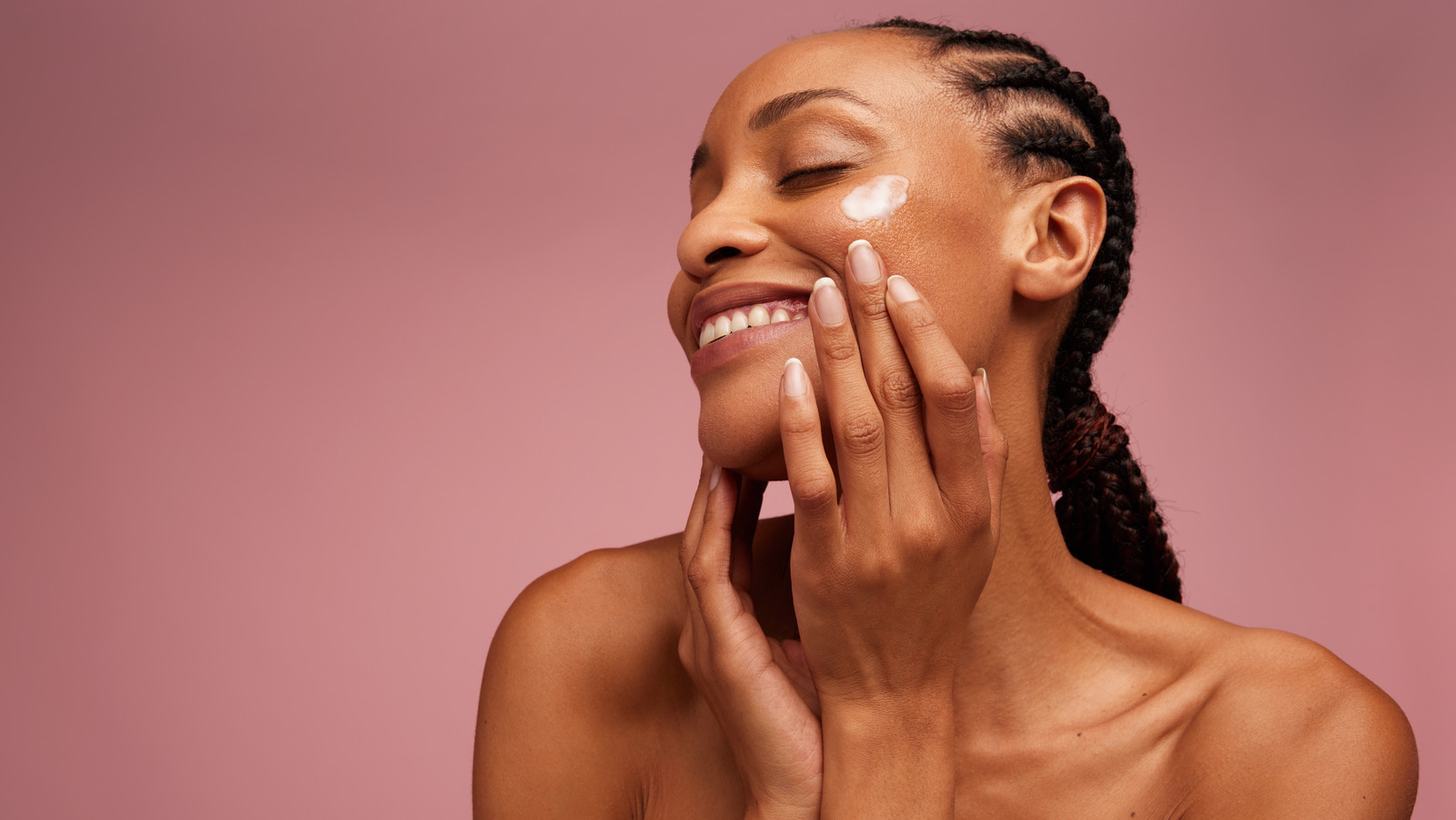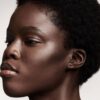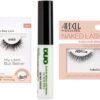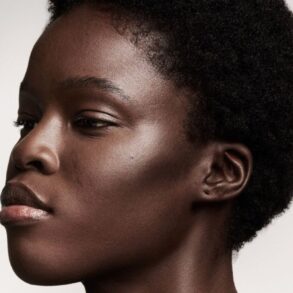
The first step to shade matching is identifying your undertone(s). As explained by makeup artist Daniel Martin, finding the right undertone can make a huge difference in the appearance of makeup, and there are a few ways to start. “It helps to identify your undertone in order to harmonize and balance skin tone with the appropriate foundation and concealers,” he explained to Byrdie. “When trying to find the right shades, I like to match from the center of the face down to the middle of the neck, as this will give you the most accurate representation and allow you to see any redness you may want to cancel out.” This is often the best technique for shade matching and properly identifying your undertone, which is essential for avoiding a line of demarcation (or that pesky, unblended area that shows a difference in color).
When it comes to undertones, there are 3 main categories: warm, cool, and neutral. As noted above, warm colors include shades like golden, yellow, or peach, which best suit medium-to-dark-toned olive skin. Cool undertones are typically best for light-toned skin, with shades like blue, pink, and red that best compliment your skin (think Taylor Swift’s iconic red lip look). Believe it or not, these shades can also meet in the middle for neutral tones that best suit slightly melanated skin, leaving room for experimentation and a blend of multiple shades.
This post was originally published on this site be sure to check out more of their content.









